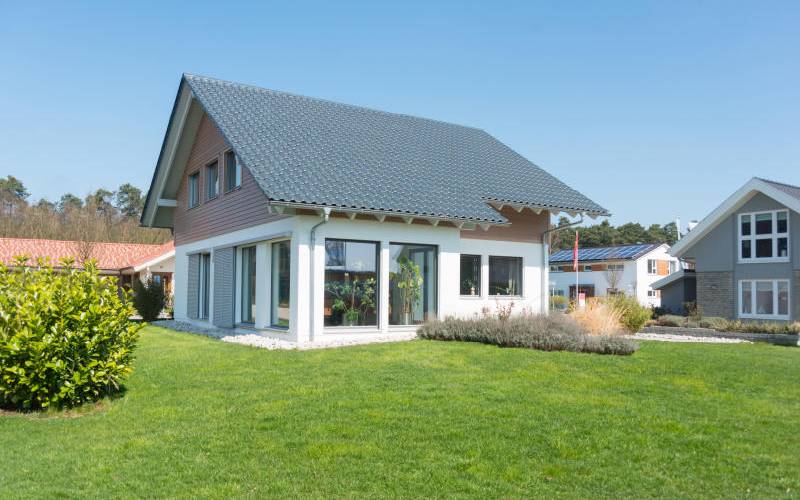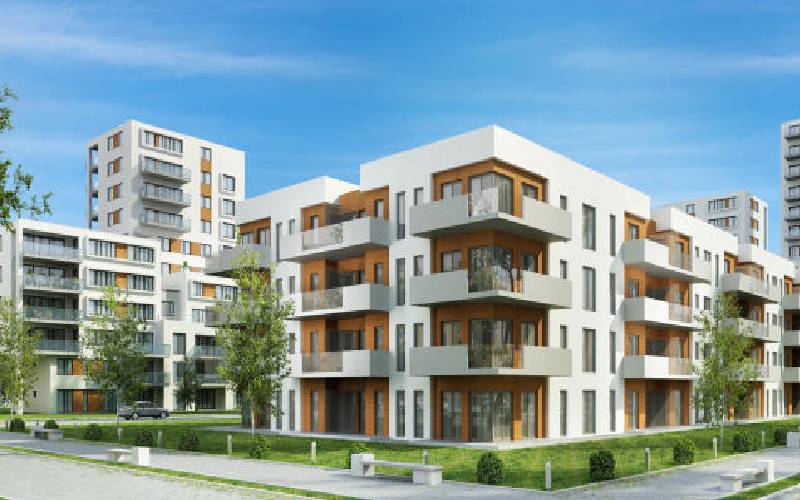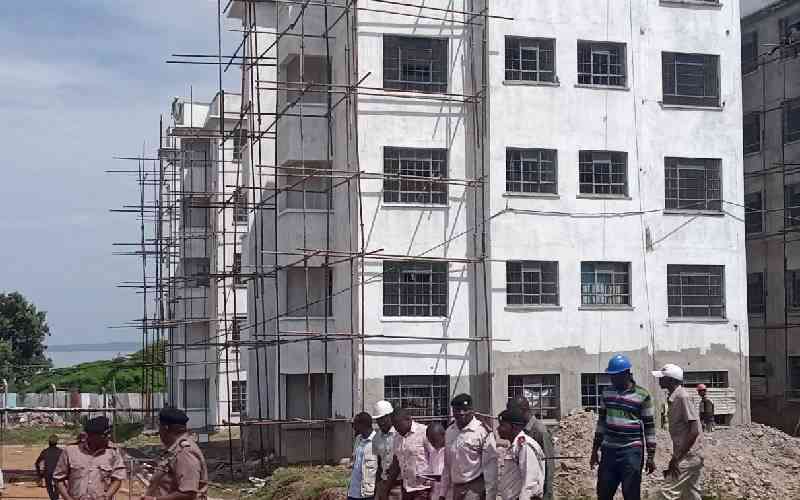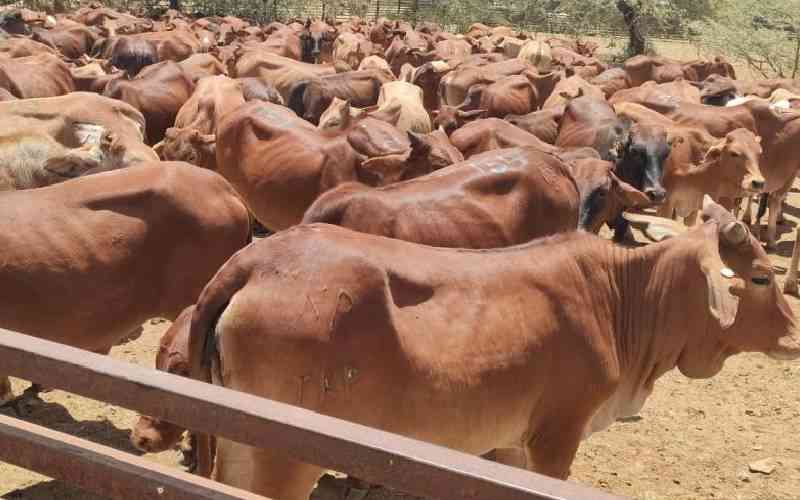
According to the US Environmental Protection Agency, there are seven main aspects on which green buildings are judged to measure their “greenness”, or sustainability.
1. Energy efficiency, renewable energy
When people think of “green” buildings, they often think of energy first. Creating an energy-efficient building begins during design and can be interpreted in many ways. Of course, once the building is completed and occupied, it can draw on sustainable energy, such as solar panels built into the building’s structure.
2. Water efficiency
In the hierarchy of green building components, water efficiency is just as important as energy efficiency. And just like energy efficiency, conserving water can happen anywhere from the construction process to the way the completed structure uses water (especially in landscaping).
3. Environment-friendly materials
Of course, a green building would not be anything without the materials used. Luckily, there are dozens of choices for sustainable materials. Building with recycled steel or even an existing item like a shipping container can reduce the need for reprocessing of the steel, saving energy and reducing emissions.

4. Waste reduction
Reducing waste to make a building greener does not necessarily have to do with any “waste” produced within the building during occupancy. Rather, it has to do with the waste generated during the construction process or even future demolition. This aspect of sustainability can also include reducing waste and pollution from landscaping and even emissions from heavy machines.
5. Toxic or toxins reduction
Reducing toxins within a structure can happen in a variety of ways. From the chemicals used to make indoor furnishings flame retardant to the glues and finishes used on building materials, many traditionally-toxic items can be replaced with greener options.
6. Indoor air quality
The chemicals used in older, traditional building methods can leech out of the finished structure and affect air quality. If bad enough, this can lead occupants to develop “sick building syndrome.” Sustainable materials such as bamboo are great for air quality because they absorb two-thirds more carbon dioxide and produce 30 per cent more oxygen than regular wood. [structure1.com]
 The Standard Group Plc is a
multi-media organization with investments in media platforms spanning newspaper
print operations, television, radio broadcasting, digital and online services. The
Standard Group is recognized as a leading multi-media house in Kenya with a key
influence in matters of national and international interest.
The Standard Group Plc is a
multi-media organization with investments in media platforms spanning newspaper
print operations, television, radio broadcasting, digital and online services. The
Standard Group is recognized as a leading multi-media house in Kenya with a key
influence in matters of national and international interest.
 The Standard Group Plc is a
multi-media organization with investments in media platforms spanning newspaper
print operations, television, radio broadcasting, digital and online services. The
Standard Group is recognized as a leading multi-media house in Kenya with a key
influence in matters of national and international interest.
The Standard Group Plc is a
multi-media organization with investments in media platforms spanning newspaper
print operations, television, radio broadcasting, digital and online services. The
Standard Group is recognized as a leading multi-media house in Kenya with a key
influence in matters of national and international interest.










